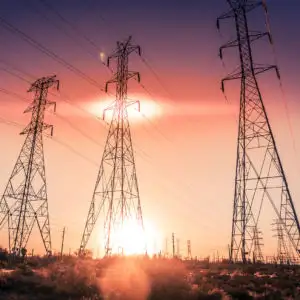Beware of solar energy windfalls
By Globe and Mail
Substation Relay Protection Training
Our customized live online or in‑person group training can be delivered to your staff at your location.

- Live Online
- 12 hours Instructor-led
- Group Training Available
Earlier this month, the Ontario government announced a dramatic cut in its solar-power program. The rate paid for electricity from small-scale, ground-mounted solar installations, what is called the "feed-in tariff," was reduced from 80.2 cents per kilowatt hour to 58.8 cents per kWh. Rooftop solar projects still qualify for the more generous original rate.
This solar-power price chop has led to a barrage of criticism from environmentalists, farmers many of whom see solar power as a new cash crop and those selling solar-power systems. The province's environmental commissioner entered the fray Gord Miller demanded an explanation for the changes. Otherwise, "people will lose confidence in Ontario's commitment to green energy," he said.
It seems rather far-fetched to question the McGuinty government's commitment to renewable power. If anything, the province has been all too eager to demonstrate its dedication. The recent $7-billion, 25-year deal with Samsung Group to build a green energy industry in the province has been properly criticized as improvident. Nonetheless, it represents a massive commitment.
With its changes to the feed-in tariffs, Ontario is leavening its commitment to solar power with a dash of common sense.
Ground-mounted solar-panel arrays are far cheaper to install and more efficient to operate than rooftop installations. It was thus a mistake for the province to treat both systems equally in the first place.
According to the province's calculations, a small-scale, ground-mounted solar project could pay back its capital costs in just seven years, and provide a return on investment of 24 per cent - more than twice what rooftop installations earn. And this is guaranteed by Ontario for 20 years. Such outsized returns attracted thousands of opportunistic solar-power entrepreneurs. Many built before they received provincial contracts, simply to beat the rush. Not surprisingly, these disappointed folks are the loudest critics of the new regime.
Renewable energy is deserving of public support, both as a source of clean power and as an economic driver. And it is reasonable that preferential treatment will be necessary at the nascent stages of this industry. But government involvement must always be judicious. The average 2010 market rate for electricity in Ontario is 3.6 cents per kWh. Even a feed-in tariff of 58.8 cents per kWh is a massive level of support.
The virtue of solar power alone cannot justify government guarantees of outrageous rates of return. And due diligence ought to be as important for green energy entrepreneurs as any other investors. If it sounds too good to be true, it probably is.











